The advent of modern technology has brought about smartphones, tablets, and other gizmos outfitted with navigational programs. These include Gaia GPS or OnX Offroad for off-pavement usage or even Waze for on-road travels.
However, carrying a compass with you, like the Suunto Global MC-2 G Compass can help you find your way when technology fails.
Support us! As an Amazon Associate, Crankshaft Culture may earn a commission from qualifying purchases.
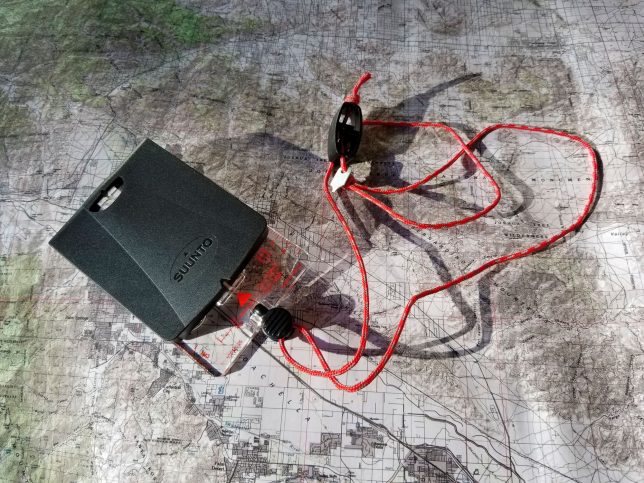
Carry a Compass (You’ll Thank Me Later)
We’ve become heavily reliant on GPS systems to tell us how to get from point A to point B. You know exactly where you are—at all times—until you lose satellite connection or your device dies. What happens if you need assistance but you don’t have GPS or know your way out?
Minutes can turn into hours. Hours can turn into apprehension and poor decisions. However, carrying traditional wayfinding tools with you, like a compass and paper map of your surroundings, can be a lifesaver. Sometimes old-school methods can save your ass when technology can’t.
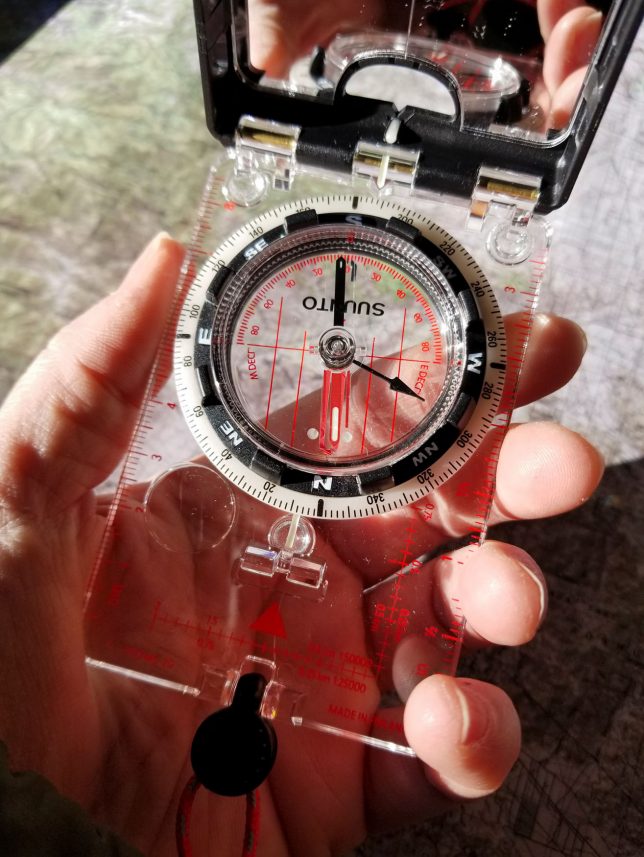
Knowing how to adventure without a GPS is important, it’s an extremely essential tool to keep in your adventure arsenal, even in today’s world of power cords and battery packs.
These days, we have our heads buried in smartphones. We don’t know where we are even if Google tells us the answer. We don’t see geographical features or terrain sharing wayfinding clues with us—they’re merely there to be the backdrop for someone’s next Instagram post or TikTok video.
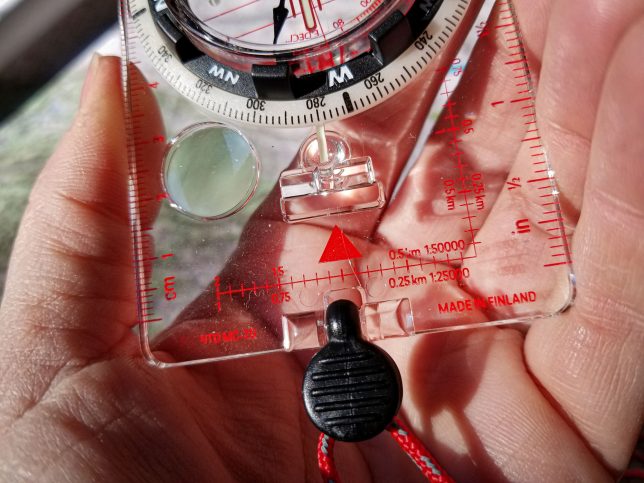
There’s an art to wayfinding with a map and compass. It takes patience, know-how, and observation, especially if you’re new to it or see similar terrain surrounding you. However, once you master the skills of traditional wayfinding, you’ll always know where true North is and successfully find your way through all sorts of adventures.
What Items Stop a Compass?
Compasses can be amazingly accurate, but items like magnets, large iron or steel bodies (vehicles for instance), or even certain electronics can affect them negatively. Power lines can also have adverse reactions with compasses. Iron-rich deposits, like Magnetite, contain magnetic minerals and can skew a compass’ reading. As long as you stay away from those items, you’ll be set for accurate compass delineations.
Arming yourself with a basic understating of how to read topographic maps (topo maps share tons of geographical information) as well as carrying a quality compass will set you up for traditional navigation success.
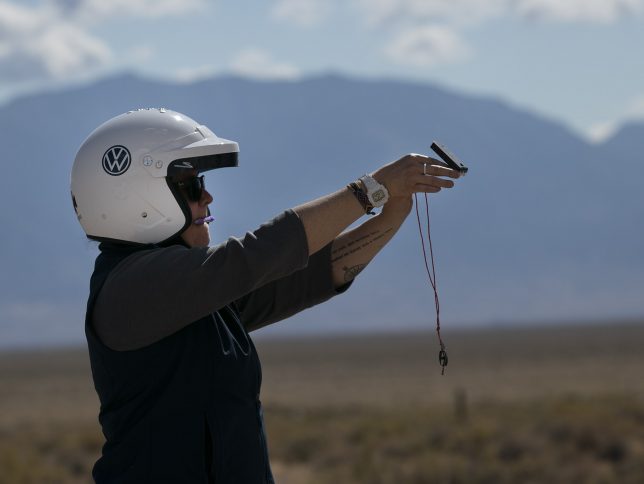
Suunto’s Global MC-2 G Compass
Made in Finland, Suunto manufactures a variety of compasses. Suunto’s global MC-2 G Mirror Compass can be used around the world versus ones specially made for either the northern or southern hemispheres (like another Suunto compass we own). Our MC-2 G review subject includes a fast, globally balanced needle with a jewel bearing and sighting tools like a mirror and sighting hole and notch to perform accurate readings.
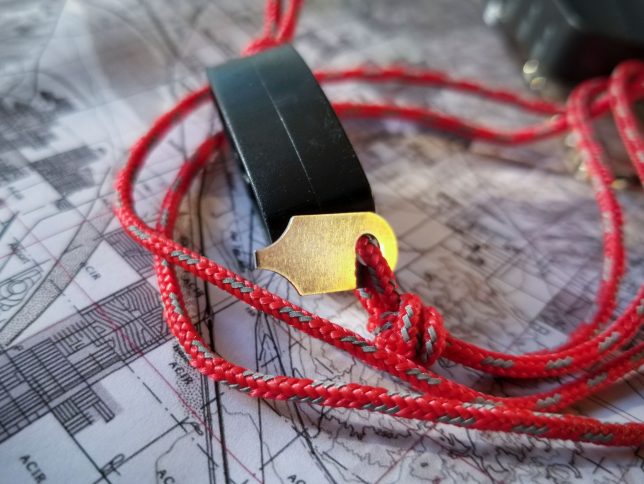
Also on board is a lanyard with a wristlock feature and a small declination correction tool. To keep the tiny silver tool secured, we tied a knot around it to keep it in one place.
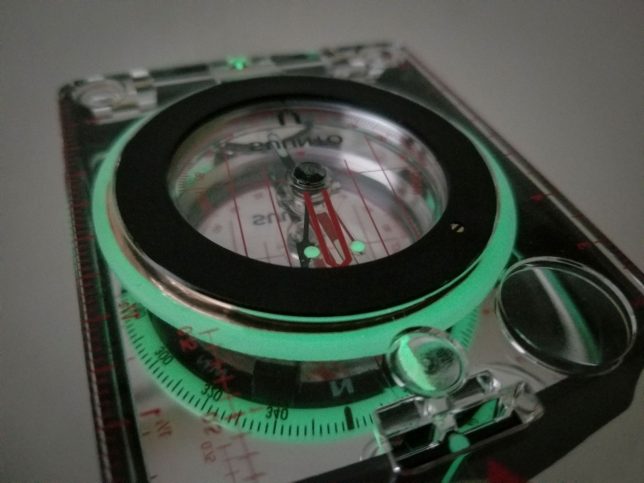
Our glow-in-the-dark Suunto global MC-2 G tester measures a mere 2.56” x 3.98” x 0.71″ and weighs 2.65 ounces. It boasts operating and storage temperatures of -22° Fahrenheit to +140° (temps outside that range would pose additional problems to worry about).

The Suunto test subject’s compass dial moved accurately and easily. Its numbers and arrows were simple to understand. Our declination tool was small in size but adequately adjusted the MC-2 G global compass when needed. The Suunto lanyard was thin but strong—an ideal combination when wearing it around your neck or stowing it in a pocket.
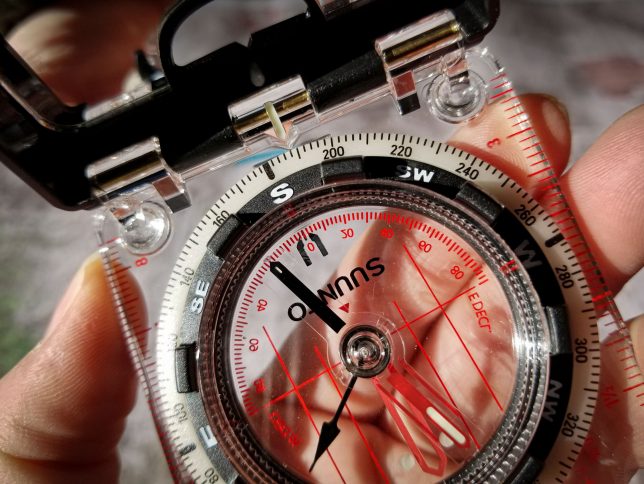
Compass Basics
The following are important parts to a compass:
- Baseplate: A clear plastic plate the compass is set in. Baseplates may have various-sized scales printed on it (our MC-2 G test model has Metric UTM scales and an inch ruler). They may also include an embedded magnifying lens.
- Direction of travel arrow: A large arrow or arrowhead printed on the baseplate outside of the compass housing.
- Compass housing: A liquid-filled disc-shaped housing the magnetic compass needle resides in.
- Degree dial: A 360-degree dial that users twist to figure out compass readings or “headings.” Each degree has a separate hash mark; the degree dial surrounds the compass housing.
- Magnetic needle: A red needle that spins easily within the compass housing. The magnetic needle is commonly referred to as “red.”
- Orienting arrow: This is typically a large red arrow, usually printed as an outline of an arrow that resides within the compass housing. This is known as “the shed.” The objective is to figure out your heading by putting “red in the shed” when using your compass.
- Orienting lines: Fine lines found within the compass housing. They reside parallel to the orienting arrow.
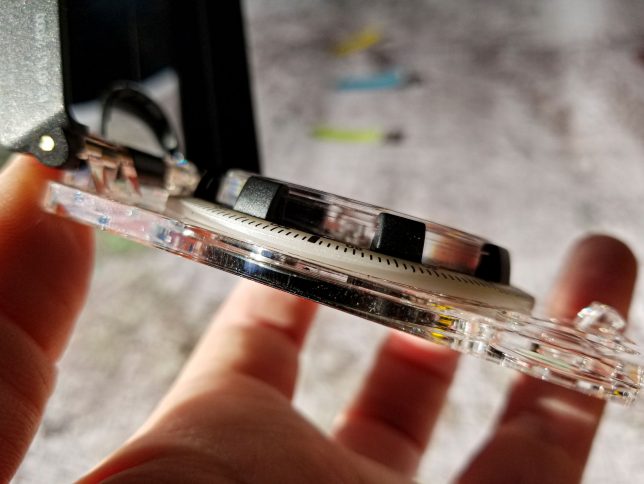
Where to Learn Traditional Navigation
You have the desire to learn and you’re armed with a good compass. You know compass components now but where do you learn how to use them? Many online classes offer beginners various tips and tricks for traditional navigation success. Brick and motor stores like REI offer in-person gatherings, too. Local clubs in nearby towns can also provide tutorials on how to properly use a compass for traditional navigation.
The important thing is to get out there and try it. Learn how to read topographic maps and use traditional navigation to your advantage. Have a solid backup plan when technology fails. Who knows, someday you’ll need to use it and can get yourself out of a sticky situation. Or, better yet, you’ll fall in love with orienteering and you’ll use your compass regularly. You could discover a passion for wayfinding with methods that keep you detached and delighted in today’s era of smartphones and charge cords.
Buy a Suunto Global MC-2 G Mirror Compass via Amazon and help support Crankshaft Culture.
These products were sent to us at no cost in exchange for an honest review. Photos by Mercedes Lilienthal.
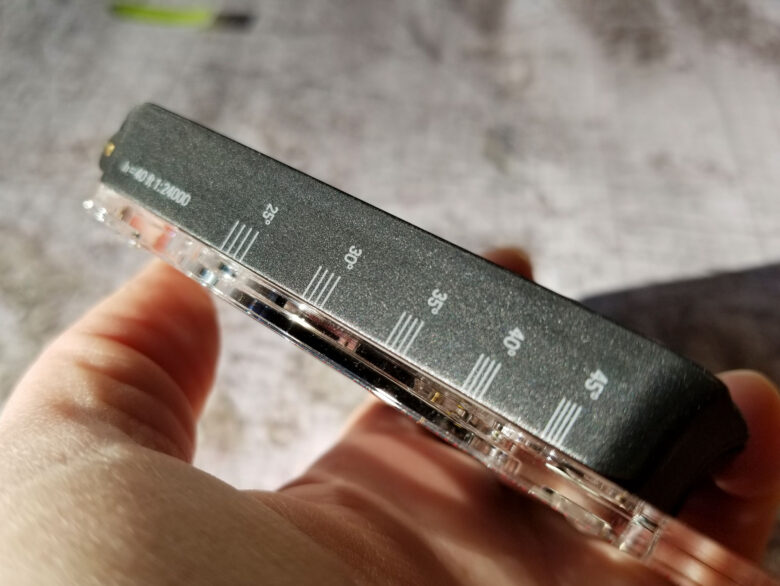
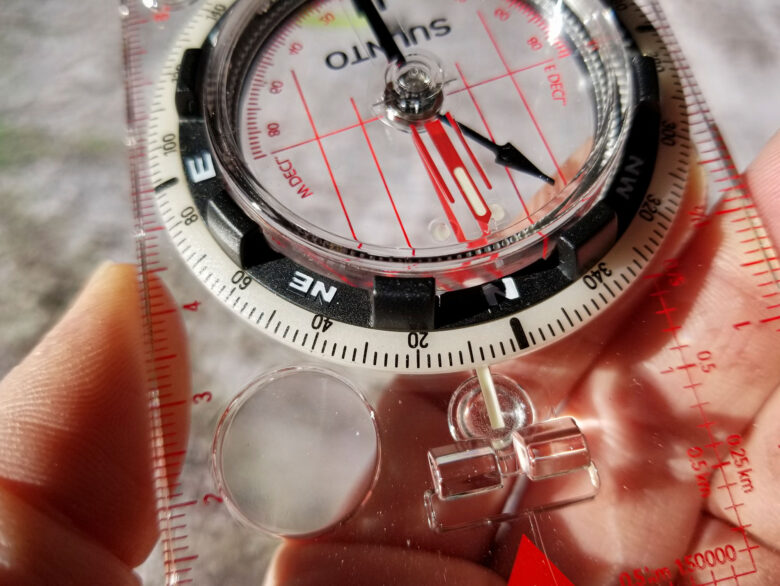

Mercedes Lilienthal is an award-winning journalist, photographer, and content creator who specializes in vehicular adventure travel, the automotive industry, and inspiring people within it. Mercedes, a dual citizen of the United States and Germany, loves to document her travels. Her work includes journalism and photography for a wide array of publications in multiple countries, including The New York Times, Forbes, Car and Driver, and many more.

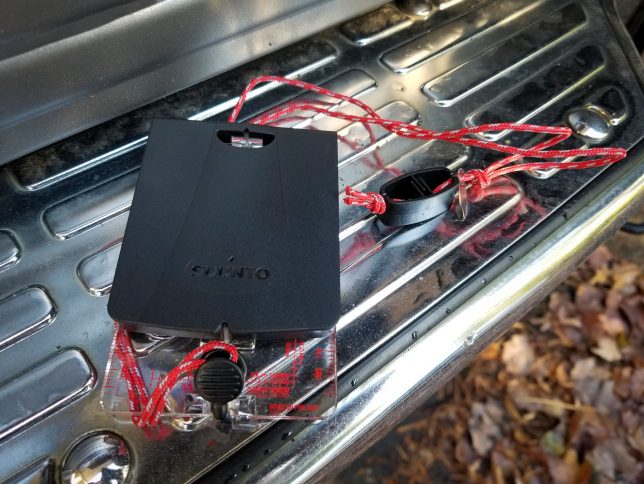
Leave a Reply